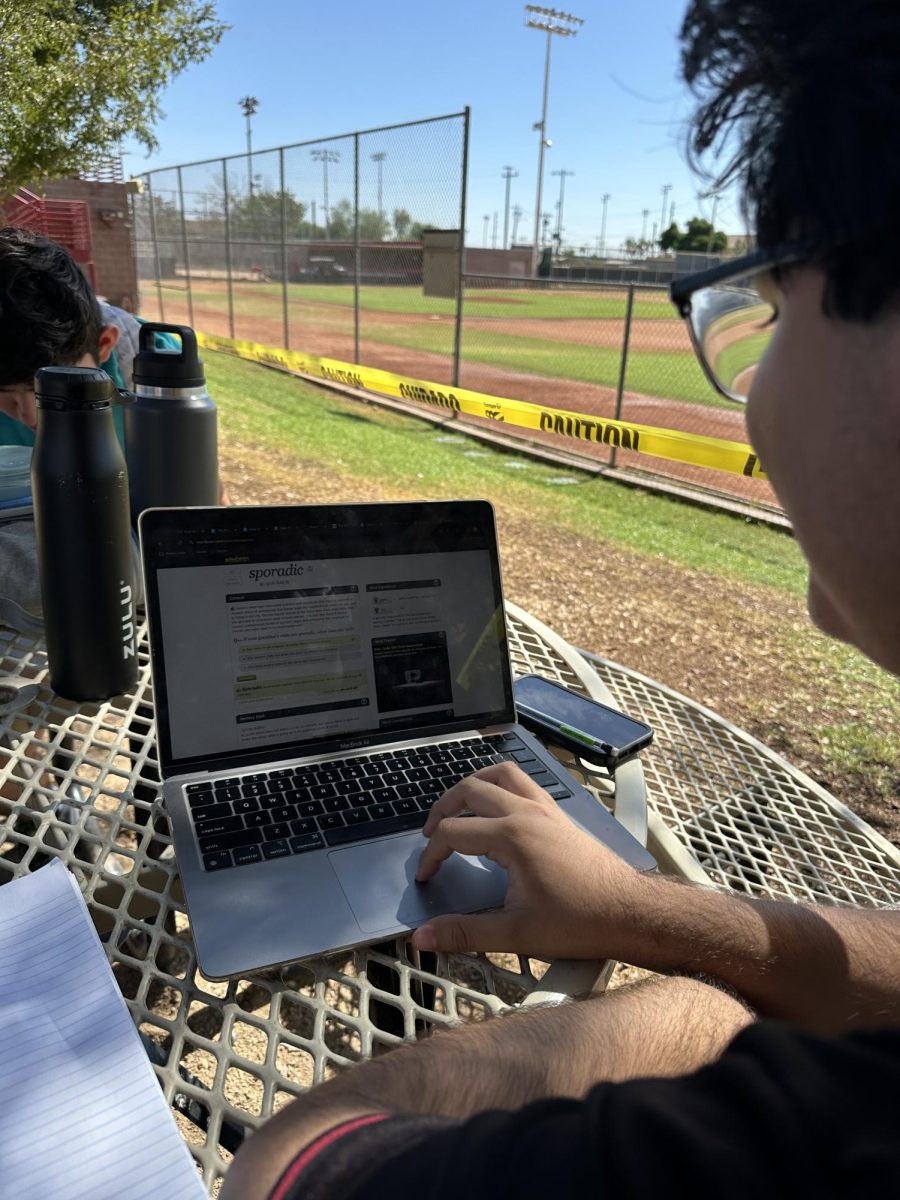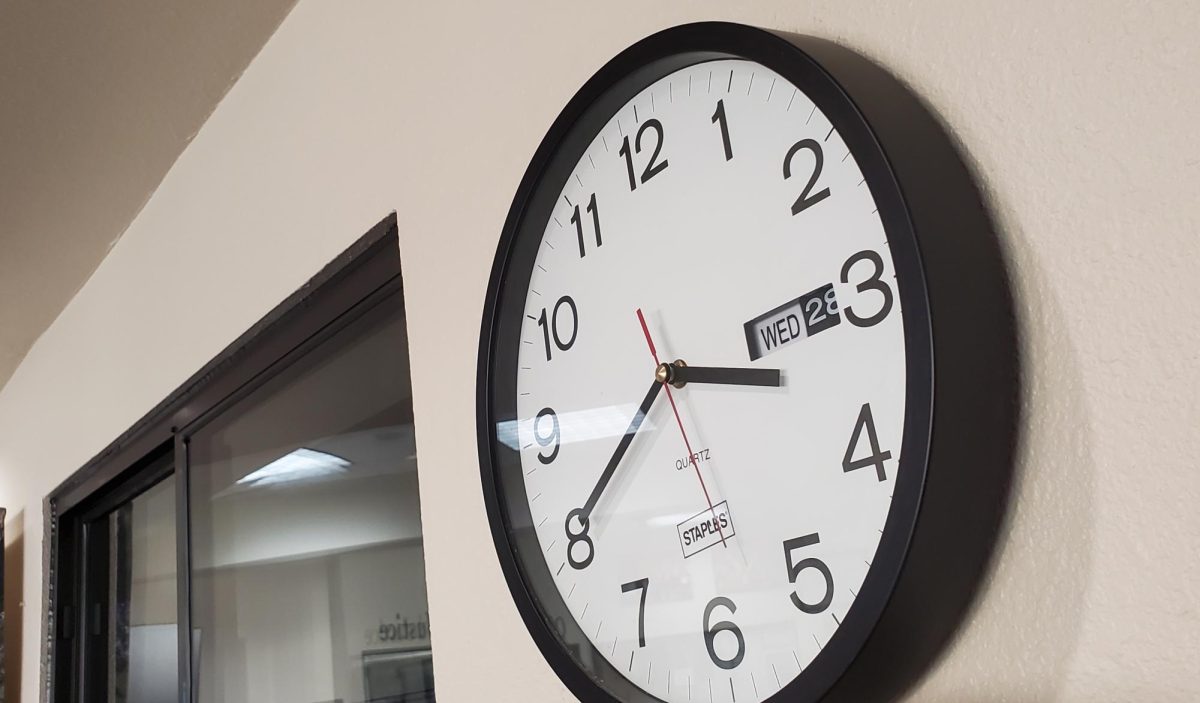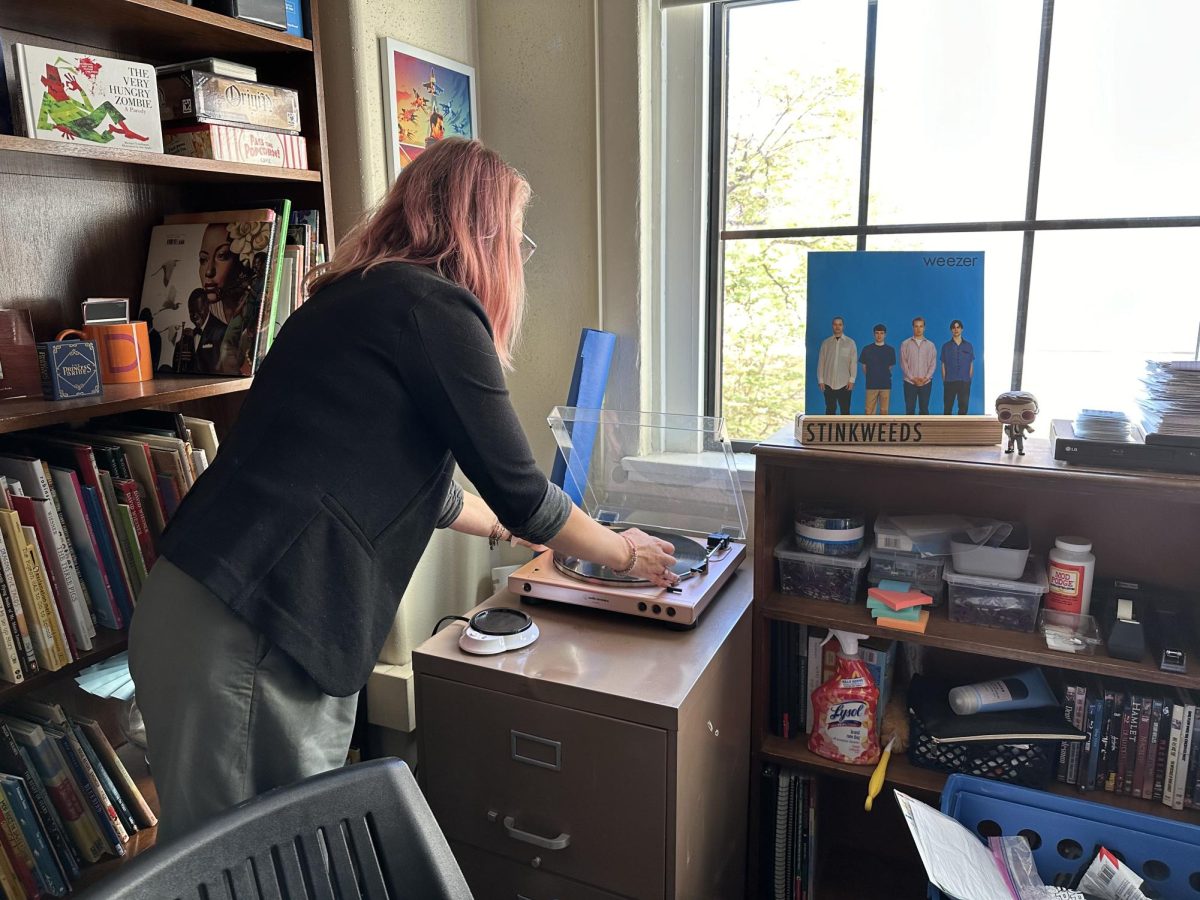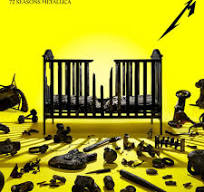Reece M. Krantz ’16
THE ROUNDUP
8.5 out of 10
Simulation isn’t the acme of “Armed Assault 3”, better known as ARMA,it’s the scale.
Hundreds of miles of open island to roam and explore this in military sandbox dominates the requisites of other sandbox titles of the genre.
“ARMA” defines the meaning of large-scale military conflicts, and it does so with a certain grace and immersion providing an impossibly stunning experience.
“ARMA 3” is the third installation in the series of the military-simulation shooters and delivers vast improvements on the previous installments.
The islands themselves are based off the Greek islands Stratis and Lemnos, each almost perfectly modeled with a history of its own.
A key aspect of the “ARMA” franchise is its powerful editor, allowing you freedom of making your own missions on the games largest map Altis, a 270 kilometer-squared island with a multitude of different and unique environments.
The editor allows you to place any unit in the game, anywhere on the vast island. Setting up massive battles against BLUFOR and OPFOR can be a literal blast as you set up tanks, helicopters, jets and infantry and watch them intelligently battle it out in your desired location.
One of the most unique environments is the underwater portion of the vibrant oceans that naturally surround the two main islands.
The ocean floor is completely full of life; coral reefs and submerged boats make for a great place to explore as a simple diversion.
The amount of content available is astonishing, though less a is what available in previous games.
As previously emphasized, this game is huge and this means it needs a powerful machine to run it smoothly.
My computer is equipped with: Intel i7 3770k 3.5Ghz quad-core processor, AMD Radeon 7970 with 3Gigabytes of VRAM and 16Gigabytes of RAM
This should be a little overkill for any modern title.
On Ultra graphics setting at 1080p resolution it preformed at a less-than-desirable 40-60 frames per second and often dipped lower when a larger battle broke out.
This is understandable as the game renders the entirety of the 270 km islands and all of its functions simultaneously.
Which is an incredible feat when you look at the games graphics.
It even renders in realtime the shadows of seemingly pointless bees and butterflies as they fly around, creating a remarkable atmosphere of a living and breathing world.
Texture quality is stunning as well. The fabric of your military drabs look like heavy cloth and your helmets look tough and heavy.
Along with the graphics, animation is a huge improvement from any other simulator.
The animations are smooth yet responsive. They look and feel organic as you move from house to house or run across an open field.
“ARMA” takes advantage of the games engine and incorporates realistic bullet drop, causing your shots to fall parabolically due to earths gravity, meaning you’ll have to adjust for the drop to land your long shot.
The animations system allows for a great amount of movement freedom. You can now peek above a short wall using the stance adjust mechanic, which in simple terms allows small, incremental adjustments to your movement that range from leaning to tactically sitting down for a more stable shot, or simply using it to look over a low wall without exposing your self to hostile fire.
Now onto Multiplayer
“ARMA” does stand on its own as a single player sand box, but the meat of the game revolves around large, online, player-created missions that emphasize teamwork and coordination.
This has given the series as a whole a dedicated fan-base of organized groups of sometimes hundreds of people who commonly play together in massive missions.
The only game-mode is lacking but “ARMA” relies on this fan-base to create player-made maps using the editor as a brush, and the maps as a canvas.
Players have the ability to create almost any mission they want; stealth, mass conflict or simple death-match.
Once done, simply start a server and get playing with hundreds of people battling out on your very own mission.
Now the issues of the game.
The “ARMA” series as long been plagued with game breaking and unfair bugs, and it unfortunately carries through to the latest.
Several bits of terrain often clip revealing its unappealing layers of basic textures. Often you will find yourself running across a open field and suddenly drop dead as you hit an unresolved piece of terrain.
Even though the movement system has been increased exponentially for the better, some features have not been redone and seem obsolete or anachronistic.
For example, “ARMA” has always used an “At-Action” system where a prompt will fall down when hovered over an object, say a door.
This will give you several options of actions you can preform such as open/close the door, take out your secondary or change ammunition types.
This all seems reasonable but the At-Action system is completely unreliable and inaccurate. You could be looking straight at a door and it will not let you open it unless you look at it from a certain angle at let the prompt appear, causing frustrating deaths as you struggle to get into a simple house for cover.
Another issue worth noting is the Artificial Intelligence, the way the computer deals with the processes of controlled units.
For the most part, they are competent to maintain a fair firefight and be reasonably difficult if you are intelligent and take cover. But they do not seem to take solid cover if engaged, they usually go prone in the middle of an open field.
This is mostly frustrating as encounters come off less about tactical superiority and more about who has a bigger gun.
Overall “ARMA” takes the some of the best mechanics available to the modern First-person-shooter genre and mixes it perfectly with simulation and authentic characteristics that make it a very niche, but broad game that may be plague with unsolved bugs from years past but manages to innovate the genre more than expected.
As for the lack of content, the developers have stated they are releasing free expansions monthly starting October. Hopefully this will fill a large hole in the title.





















